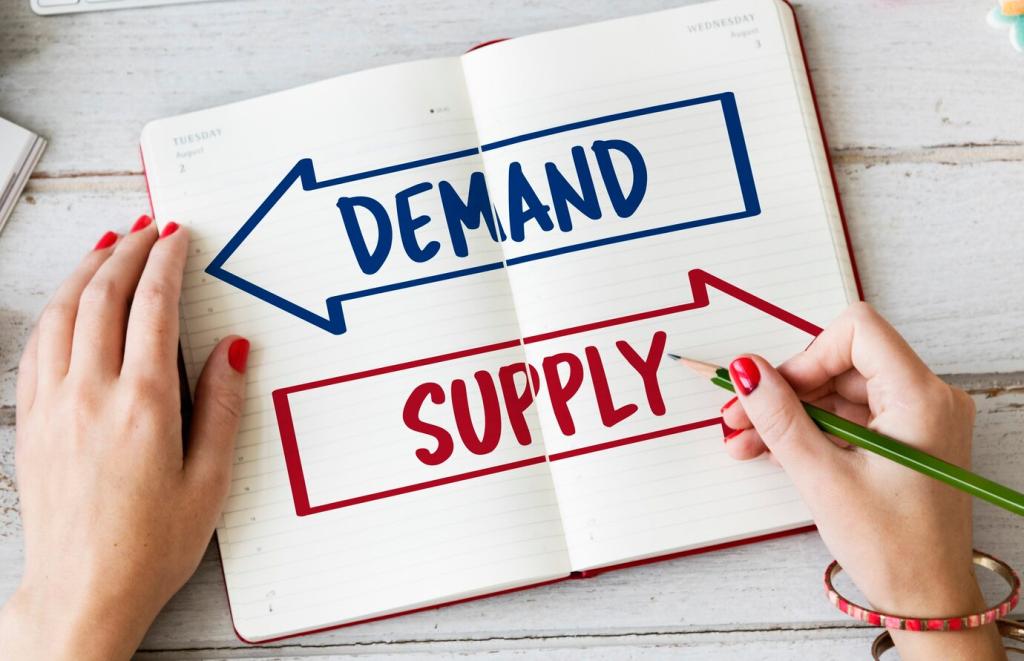Technology That Actually Helps
Start with a simple inventory app, shared dashboards, and automated reorder alerts. Integrate with your point-of-sale and accounting software. Pilot with five items, then expand. Measure adoption by how often your team uses it without being reminded.
Technology That Actually Helps
Print shelf labels and item barcodes. Use a low-cost Bluetooth scanner connected to a tablet. Scanning at receiving and picking reduces mispicks dramatically and creates timestamps that help you audit delays, train better, and defend against chargebacks.











